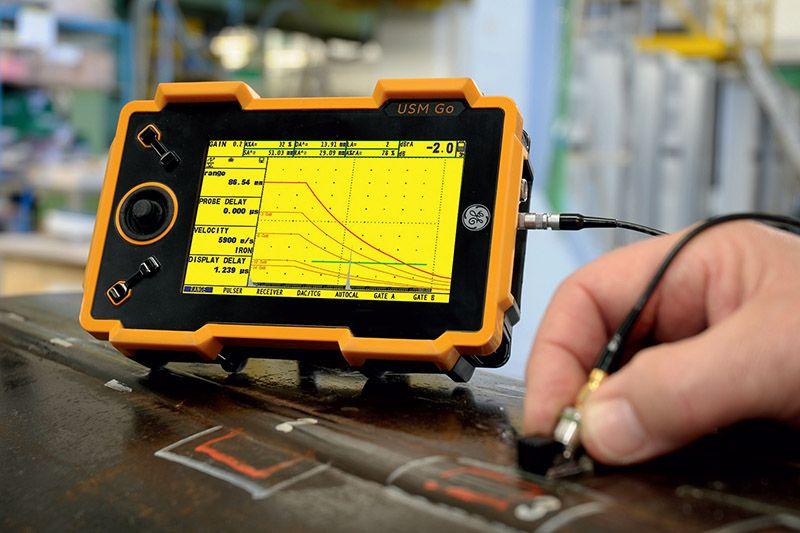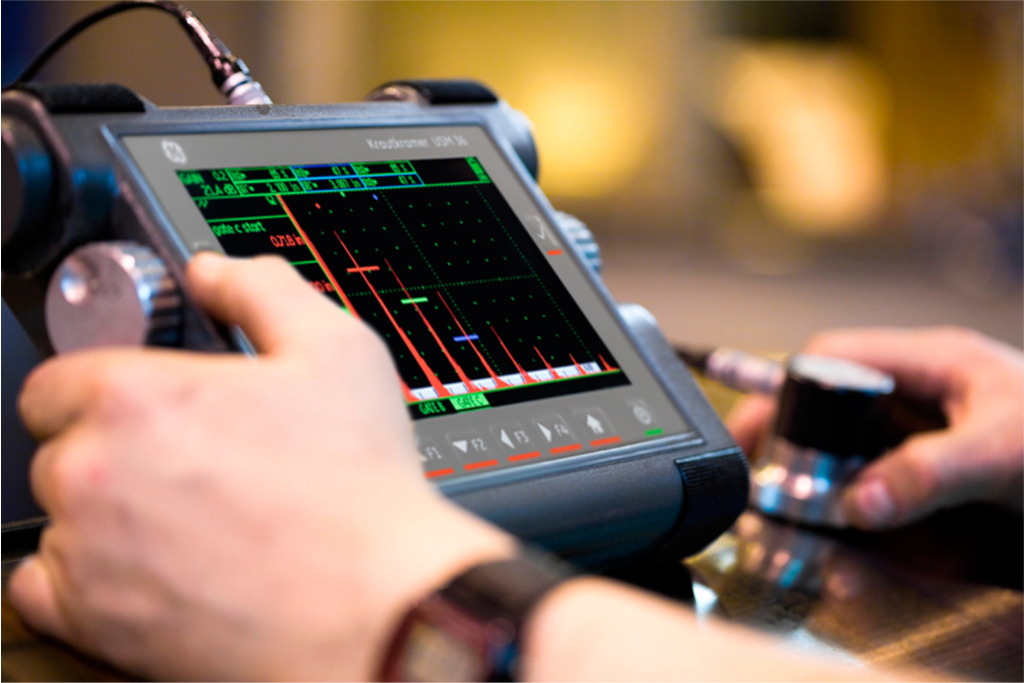In the dynamic world of technology, understanding the nuances of manual vs automated synchronization is essential for Industry QA Professionals. This topic is particularly relevant as systems increasingly rely on synchronized processes to function efficiently and effectively. Whether you’re dealing with data, systems, or machinery, synchronization is a crucial aspect that ensures everything operates in harmony. But when should you rely on manual methods, and when is automation the way to go?

What is Synchronization?
Synchronization involves coordinating processes to operate simultaneously and in harmony. In the context of technology and industry, it often refers to aligning data, systems, or operations to ensure they work together seamlessly. Whether it’s synchronizing optical inspection devices or ensuring that data is updated across multiple platforms, synchronization plays a key role in maintaining efficiency and accuracy.
Understanding Manual Synchronization
Manual synchronization requires human intervention to align processes or systems. This method is often used in environments where precision and control are paramount. For instance, a technician may manually synchronize inspection sensors to ensure they provide accurate readings. While manual methods offer control, they can be time-consuming and prone to human error.
Benefits of Manual Synchronization
Manual synchronization allows for flexibility and control, making it ideal for tasks that require human judgment. It provides the opportunity to make adjustments on the fly and is often used in scenarios where technology may not yet be advanced enough to handle specific tasks autonomously.
Challenges of Manual Synchronization
Despite its benefits, manual synchronization can be labor-intensive and prone to mistakes. It requires a skilled workforce and can be inefficient for large-scale operations. As a result, many organizations are exploring automated solutions to streamline processes.
Delving into Automated Synchronization
Automated synchronization utilizes technology to align processes without human intervention. This approach is favored in industries where speed and efficiency are critical. By implementing automated systems, organizations can ensure consistent performance with minimal human oversight. For example, automotive inspection tools often utilize automation to synchronize data and enhance accuracy.
Advantages of Automated Synchronization
Automation offers numerous advantages, including increased speed, reduced errors, and enhanced scalability. It allows organizations to handle large volumes of data and processes efficiently, making it an attractive option for industries looking to optimize operations.
Limitations of Automated Synchronization
While automation provides many benefits, it is not without its challenges. Initial setup costs can be high, and there is a dependency on technology that requires regular updates and maintenance. Additionally, automated systems may lack the flexibility to handle unexpected scenarios, which can be problematic in dynamic environments.
Comparing Manual and Automated Synchronization
When evaluating manual vs automated synchronization, it is essential to consider the specific needs of your operation. Manual synchronization offers control and flexibility, while automated synchronization provides speed and efficiency. The choice between the two often depends on the scale of the operation, the available budget, and the required precision.
Applications in Various Industries
Synchronization is a critical component in many industries, from manufacturing to IT. In the manufacturing sector, synchronizing inspection sensors ensures quality control, while in IT, data synchronization is vital for maintaining system integrity.
Choosing the Right Approach
Deciding between manual and automated synchronization requires a thorough understanding of the operation’s needs. Consider factors such as the complexity of the task, the frequency of synchronization required, and the potential for human error.
Future Trends in Synchronization
As technology evolves, the trend towards automation continues to grow. Advances in AI and machine learning are making automated systems more intelligent and adaptable, offering new possibilities for synchronization in various industries.
Impact of AI and Machine Learning
Artificial intelligence and machine learning are revolutionizing synchronization by enabling systems to learn and adapt. These technologies are helping to improve the accuracy and efficiency of automated synchronization, making it a more viable option for a wider range of applications.
Conclusion
Understanding the differences between manual vs automated synchronization is crucial for Industry QA Professionals. While both methods have their place, the trend is increasingly towards automation, thanks to its efficiency and scalability. However, manual synchronization remains an important tool for tasks requiring human oversight and flexibility.

FAQs
What are the main benefits of automated synchronization?
Automated synchronization offers increased speed, reduced errors, and enhanced scalability, making it ideal for large-scale operations.
When is manual synchronization preferable?
Manual synchronization is preferred in scenarios requiring human judgment and flexibility, especially when technology cannot yet handle specific tasks autonomously.
How do AI and machine learning impact synchronization?
AI and machine learning enhance synchronization by enabling systems to learn and adapt, improving efficiency and accuracy. For more on inspection frequencies, visit Aviva Risk Solutions.
This article contains affiliate links. We may earn a commission at no extra cost to you.
